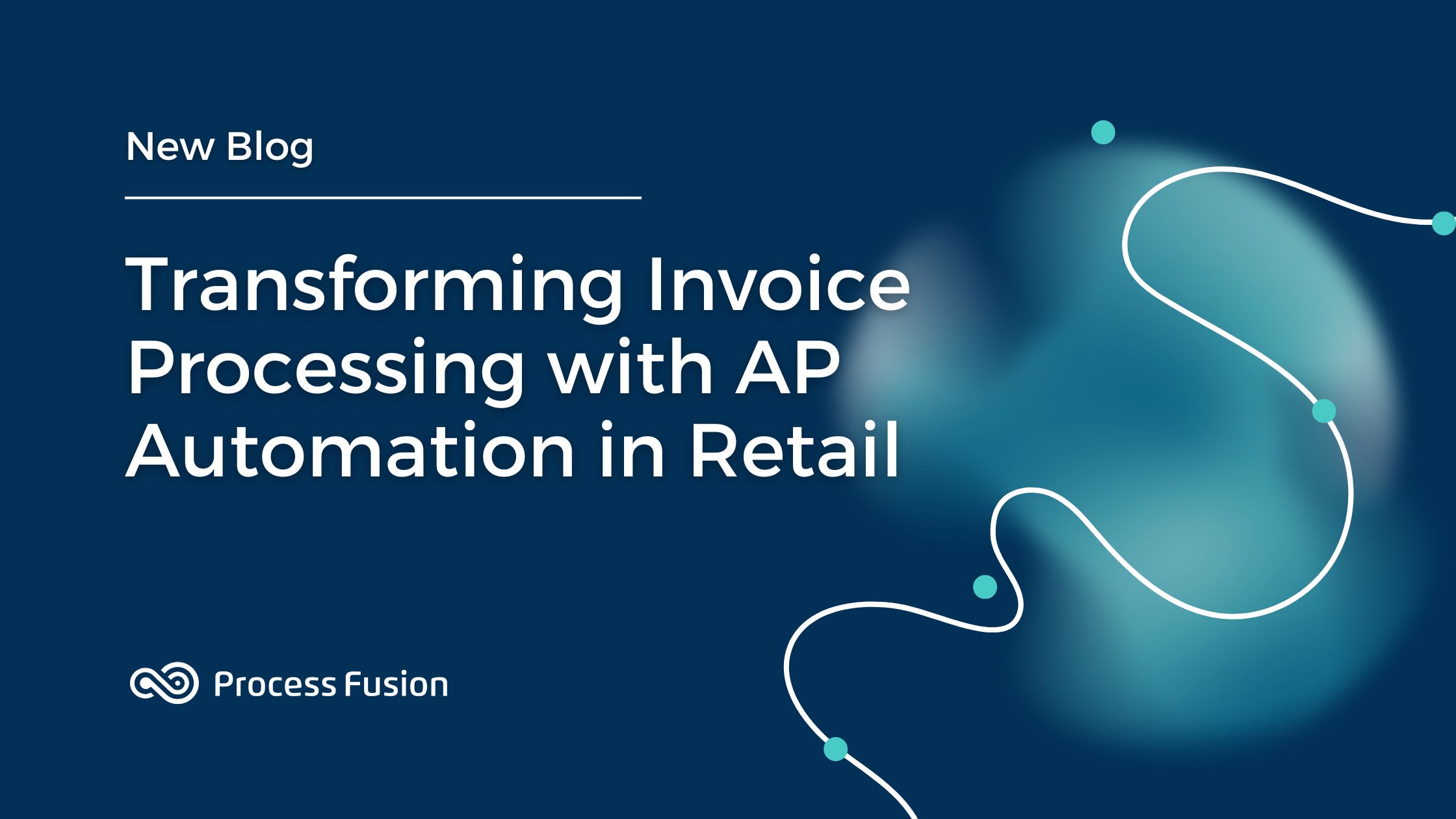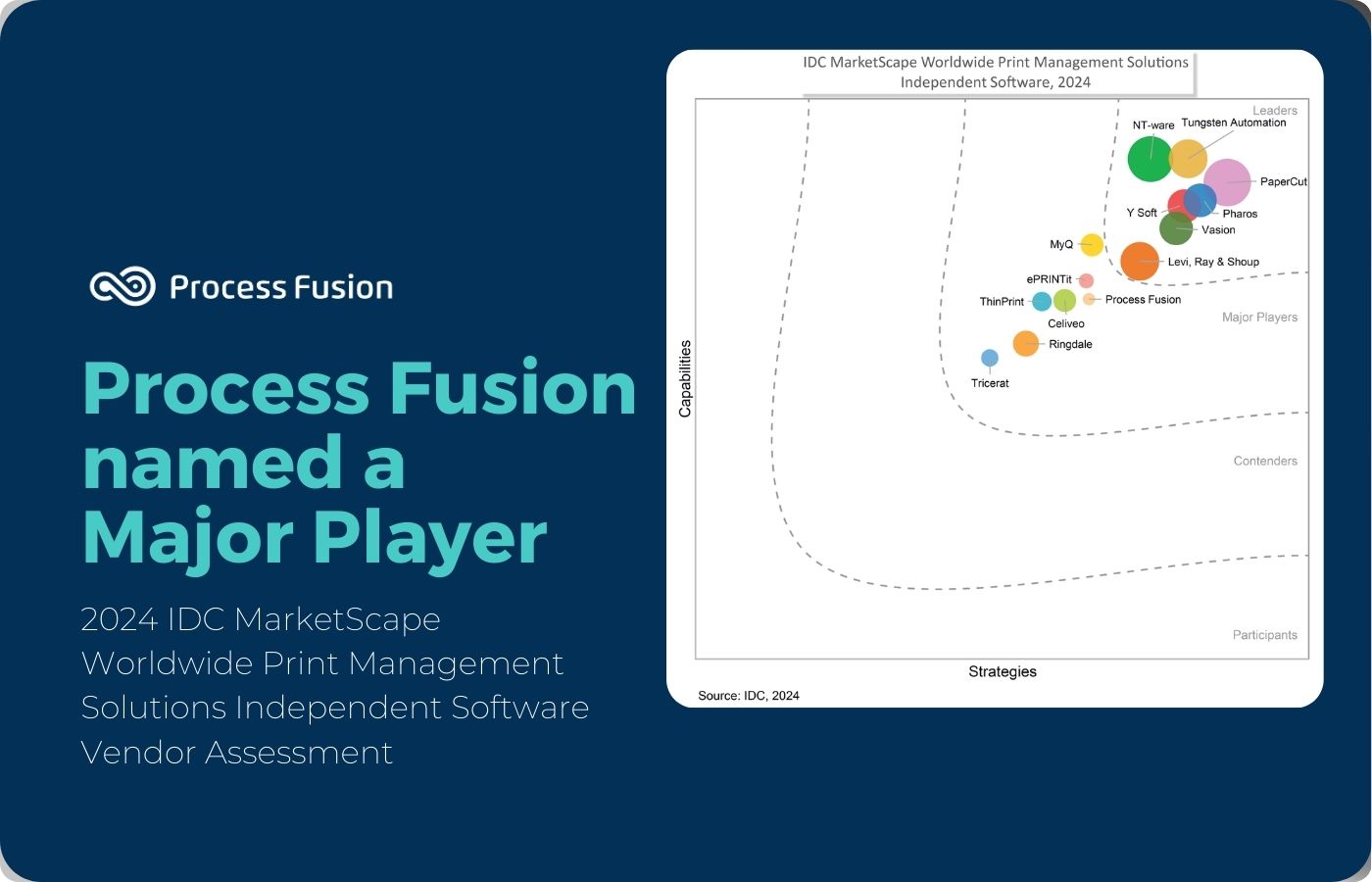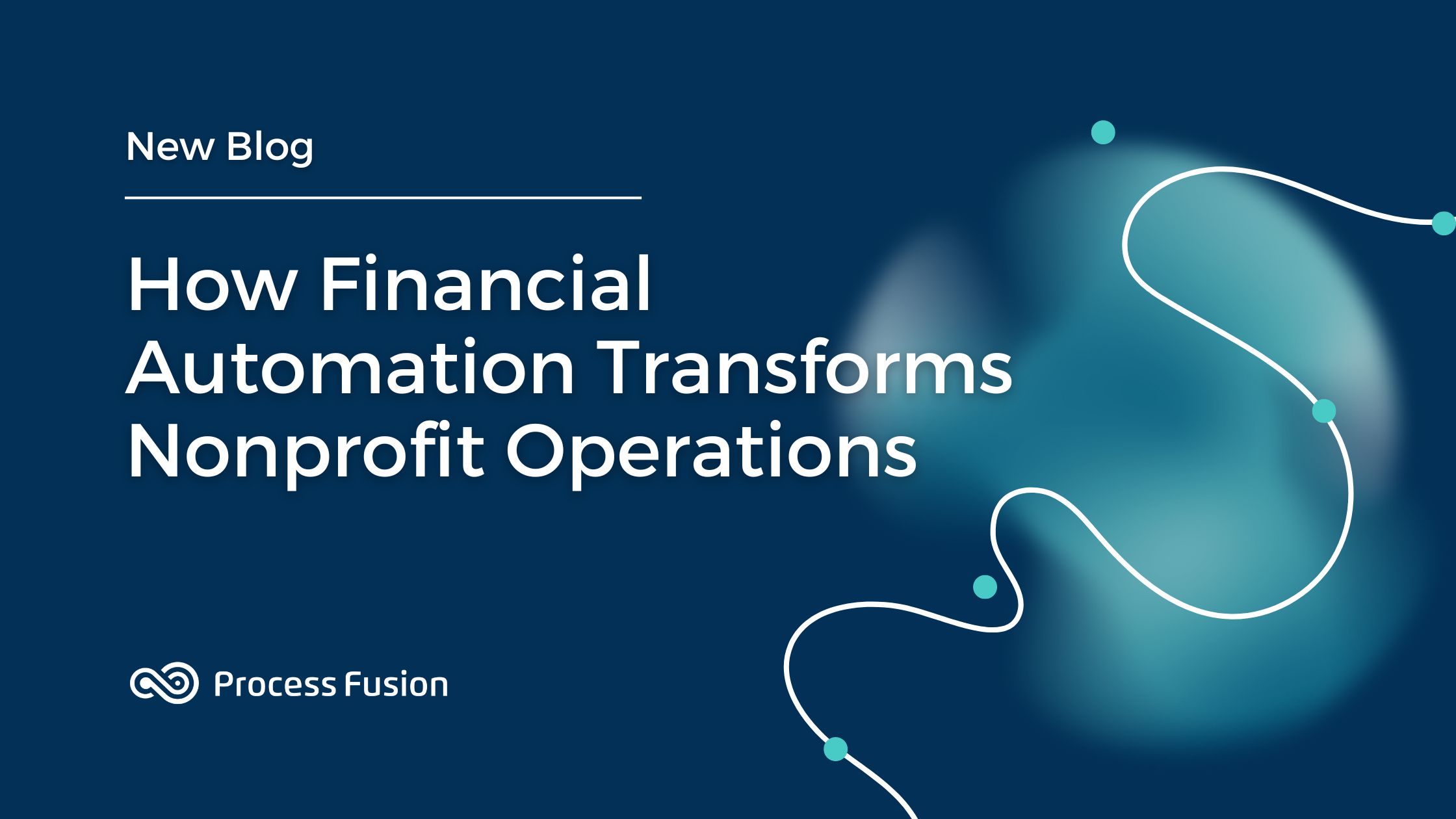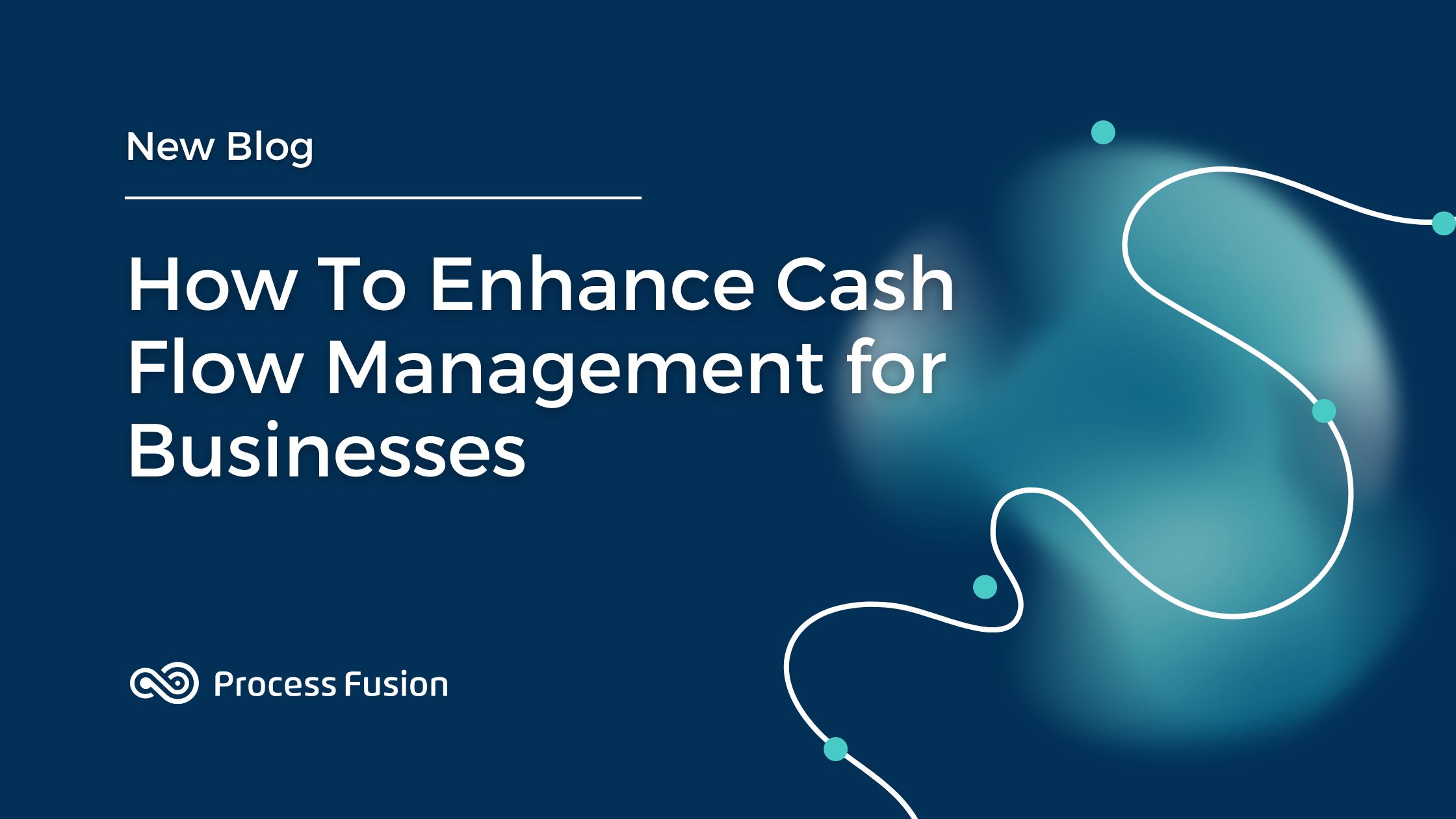
Accounts payable plays a critical part of day-to-day business operations. It has a direct impact on cash flow management, maintains vendor relationships, and provides security against fraud. However, from receipt to payment, several accounts processes require manual intervention.
Manual AP processes limit teams from using their time optimally and restrict them to bill payments or records collection of outstanding receipts. Therefore, relying on manual account payable processes can slow the entire workflow of your business.
Nevertheless, disruptive technologies such as Accounts Payable(AP) Automation have enabled accounting teams to reduce unnecessary manual intervention; consequently, these teams have been able to maximize operational efficiency.
What is A workflow?
A workflow is generally defined as the pathway to complete a process. Similarly, in the case of accounts payable, the workflow is specified as the method by which data is processed from the beginning to the end including processing all the payments and collecting the invoices. Precisely, the whole process from placing an order to sale is the accounts payable workflow.
Therefore, if dealt with efficiently, the workflow is critical to keep all the sale and transaction data organized and the invoice data at hand. The steps are mentioned below.
- Invoice capture
- Invoice approval
- Payment Authorization
- Payment execution
- Supplier management
What is Manual Workflow in Accounts Payable?
When it comes to manual workflow in accounts payable, the only way it differs from automated one is that all the tasks are to be performed manually. In this case, all the financial activity is stored on Enterprise Resource Planning. As for account data, it is entered manually by the accountants rather than using the latest technology. As for the invoice approval, these are delivered by hand and there is a high chance of mix-up and loss of essential data in the delivery process.
With manual workflow, the account authorization also relies on manual signatures by officers. This further increases the chance of fraud and fake signatures. Lastly, the payment execution process also involves the use of paper cheques rather than utilizing online systems. Hence, all in all, the manual workflow process is quite cumbersome and involves a high risk of fraud.
What Does Automated Accounts Payable Workflow Look Like?
With advancements in technology, workflow automation is the perfect path to enhance productivity, minimize errors, and ensure seamless workflow. Therefore, as the name suggests, automated workflow involves the automation of each and every step of the workflow pathway.
In automated AP workflow, the account systems are integrated with a cloud-based system to make sure that all the data stays confidential and secure. As for the invoice capture and processing phase, the invoice capture system is digitized, and to further eliminate any error, there is also a step of human review.
For the third step of the AP workflow, the automated system makes sure that all the invoices are approved by a centralized system, and that too with just a single click. This further makes the payment authorization better and is equipped with the advantage of reviewing vendor payment histories. Lastly, there are several vendor payment options and the notification feature further keeps you abreast of all the payments.
Why AP Automation is Necessary for an Optimized Workflow
While automating as many steps as possible should be the goal for teams seeking optimal efficiency, automating these three steps in the accounts payable process provides far-reaching benefits. In this article, we will discuss why Accounts Payable Automation is necessary for an optimized.
Approval and Routing
Before payment, invoices need to go through a series of approvals. These approvals are necessary to ensure the accuracy and validity of invoices. Since the validation and approval process requires various stages, the manual routing of these invoices increases the chances of these invoices getting lost.
At the same time, the time it takes for invoices to travel from desk to desk causes unnecessary delays, which result in late payments and even payment penalties. Automating these processes through software can significantly simplify the routing process and accelerate invoice approvals.
Once the software captures an invoice and validates it, the invoice is automatically routed to the manager who is responsible for approval. The invoice is forwarded with customized notifications and workflows that ensure that no invoice is missed. At the same time, if your AP automation software uses a cloud-based system, managers can access the system and approve invoices regardless of where they are.
Accounts Payable Automation: What Are the Top KPIs for Evaluating Performance?
Data Extraction
Manual scanning of documents and data entry is a tedious, time-consuming process. These tasks not only take hours of intensive labor but are prone to various input mistakes and data entry duplication.
On the other hand, AP automation uses powerful capture features, such as optical character recognition (OCR) to extract both digital and handwritten data automatically. The automatic procedure ensures that the captured invoice data is input accurately. As a result, businesses can enjoy greater productivity and reduced invoice cycle times.
Aside from reducing the overall invoice cycle time, automated data capture can combine with advanced analytics to give businesses an overview of their total costs. Therefore, businesses can understand their profit and loss margins clearly and make accurate financial predictions.
Typically, businesses need to re-balance books after finding last-minute errors at month-end closes. However, AP automation software eliminates duplicate payments and invoice errors, helping businesses to avoid the painful process of overbalancing books.
Lastly, all of the data captured from invoices is transferable and is automatically synced across your accounting records without any delay. Since your record is available to your entire accounting department, anyone with authorized access can utilize and analyze new transactions.
Invoice Receipt
Invoices generated by vendors are complex documents distributed through different mediums and are available in various formats. Vendors send these documents in both electrical (images, Word docs, fax, or PDFs) and paper formats, which makes it difficult to sort, categorize, and input them manually. Manual invoice processing is not only complex but also consumes a significant amount of time.
By automating every procedure from invoice collection and sorting to data input, AP automation software can simplify the AP workflow. Since the software completes these processes upon arrival, it significantly reduces the time for invoice processing. When we send invoices electronically, the software processes them real time and extracts data error-free.
At the same time, the software lets businesses automate recurring invoices. You can set an interval for recurring invoices in AP automation software and configure templates for them. Doing so helps businesses match received invoices against templates and report if there is a discrepancy in their formatting.
Lastly, automating the AP process enable you to eliminate duplicate invoices and identify due dates for each of the invoices. If you have not paid a pending invoice, the system will alert you about the approaching due date. Therefore, you’ll never have to worry about making late or duplicate payments.
Purchase Order Matching
The accounts payable process requires your staff to review each invoice individually and then match it against relevant documents, such as purchase orders line by line. The process is manual and laborious, putting a significant dent in the organization’s efficiency.
However, automated accounts payable solutions can streamline these processes. By storing all necessary documents and capturing data, AP software converts data into digital format. Therefore, the software can extract and verify information such as amounts, line item information, GL codes, and terms according to configured workflow rules.
Furthermore, the automated process can also match invoices to their corresponding product order and alert managers if it finds any mismatches. Automatic comparison of invoices eliminates bottlenecks, enhances accuracy, and allows your employees to focus on other high-priority objectives.
Making Payments
When a business authorizes hundreds of payments every month, employees need to have complete knowledge of all payment due dates and discount opportunities.
If you burden your staff with invoice approval and other manual processes, it’s easy for them to miss payment deadlines. Missing critical deadlines can upset your suppliers and ruin your business relationship with longstanding partners.
Accounts payable automation allows you to streamline payment execution. Users can schedule approved payments to be delivered on or before their due date. At the same time, AP automation helps make e-payments simple by giving the business a central location to choose their preferred payment method.
The typical AP workflow is filled with manual, time-consuming, and tedious tasks. Using AP automation software can help your organization monitor and amplify AP performance while optimizing existing workflows.
The cloud-based AP automation application can help businesses to cut operational costs, ensures regulatory compliance, and delivers high data quality.
Final Thoughts
The efficient use of time and resources is crucial to running any business successfully. Therefore, utilizing an automated workflow in accounts payable is the way to ensure that all the invoices are secured and kept in a safe place. Lastly, with the use of an automated system, all the processes stay online which practically lessens the chance of errors and fraudulent activities.






